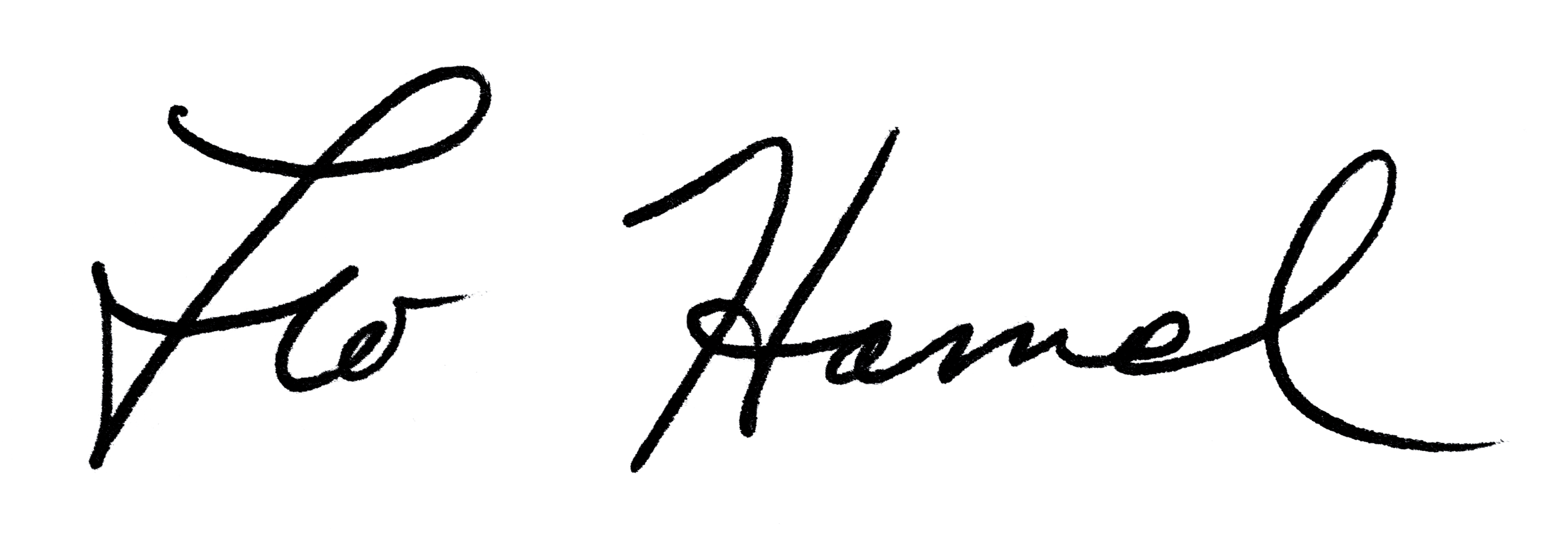
Leo Hamel Fine Jewelers Policy Letter
Pricing of Jewelry and Watches
This policy applies especially to estate jewelry and watches (trade-ins, old jewelry, antique jewelry and used watches) and to some new merchandise.
We have standard mark up policies and pricing lists. These indicate minimum mark ups. They are mainly for NEW items and are simply a guide to use so that we make the margins necessary to run the business. But some new items can be marked up more than others as they have a “big look” or a “special look.” Inventory should not be robotic and stick to fixed mark ups. When something comes along that looks like it is worth more, then it should have a higher mark up. Occasionally items are sold for less than the minimum mark-up we need. This can and must be balanced out by getting greater margins on pieces that can justify it a higher mark-up.
Used and Estate watches almost always have to be evaluated by this “how expensive does it look” method. A regular Rolex or Omega cannot be judged this way as prices are usually “known” by the market place. But an estate watch of unusual design or with diamonds can be marked up according to its “look.”
Estate Jewelry ALWAYS must be evaluated for pricing according to its “look.” Each piece must be evaluated on its own and judged as follows:
What is the most a customer would pay for this and will it still sell in a reasonable amount of time?
If the item has a low cost but a big look, one can make the decision to price it higher, knowing it might take longer to sell, but that the higher mark-up will offset the longer time taken to sell.
One balances “mark-up” with “estimated time taken to sell” (turnover) when evaluating the price.
